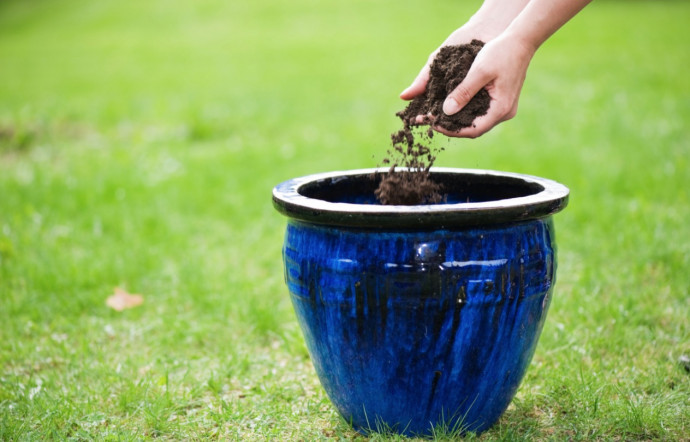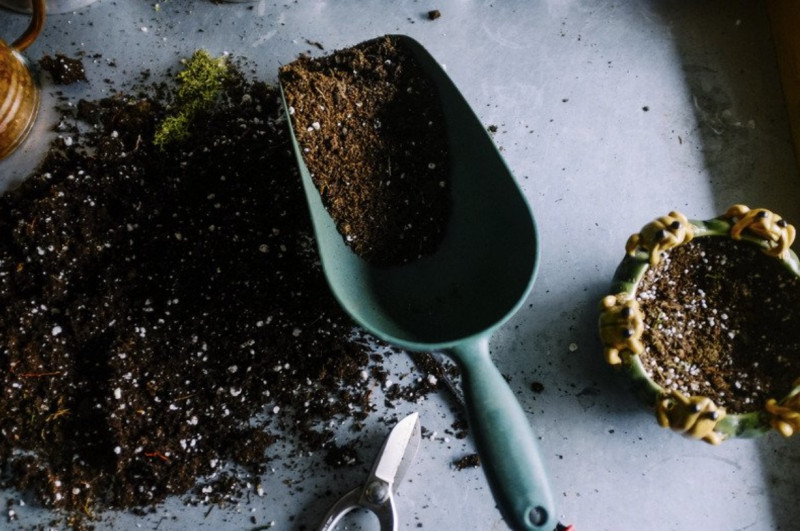Gardening Q&A: Soil Problem Solving. Part 1

Most gardeners know that the key to successful gardens normally begins with healthy soil. Healthy garden soil is the basis of healthy plants and a healthy environment. Here I have collected the most common questions about garden soil. This Q&A section is aimed to provide answers with good advice based on gardening experience. Knowing the answers to common soil problem solving questions can help you grow a healthier garden with less effort.

1. What kind of soil is most adaptable for general gardening?
Any well-conditioned soil which would grow a crop of com.
2. Is there any way to change the condition of a poor soil?
Unless the soil condition is extremely unfavorable, it can be improved to the extent that it will produce good crops.
3. I am planning my first garden. How do I go about preparing the land for it?
Manure it (600 lbs. per 1,000 sq. ft.); or 5 bales peat- moss (50 bushels) per 1,000 sq. ft.; fertilizer it (5-10-5), 30 lbs. per 1,000 sq. ft.; lime it (if test shows need).
4. What can I do to improve tough, gummy black virgin soil? I have added sand.
Not enough added. Apply a 3-in. layer of manure or peatmoss. Fertilizer will also help.
5. What is best treatment for a soil that does not produce root crops?
It probably is too heavy; lighten with manure and cinders. It may lack phosphorus and potassium, which may be added in the form of superphosphate and potassium chloride.
6. Our soil is a Iieavy black gumbo and bakes badly. Should I use manure, sand, sawdust, or peatmoss?
For long-lasting improvement, incorporate 2 to 3 inches of peatmoss, a mixture of half peatmoss and half coarse sawdust, plus 2 inches of coarse sand many of whose particles are 1/16 to 1/18 inch in diameter.
7. How can I make a hard-packed, black alkali soil friable and productive?
Sulfur must be added to neutralize the alkali. If not, soil must be drained by use of tile. Add manure or peatmoss to loosen soil.
8. What causes erosion?
Erosion—the washing away of soil on slopes by the runoff of surface water—results when the soil is left more or less bare and is so handled that it lacks humus to absorb mositure.
9. How to handle a lot that is very sandy and slopes. The water washes the soil off as fast as it is replaced. I had thought of making about 3 different elevations (terraces). Is this too many for a garden about 50ft.deep?
If the slope is not too steep, the trouble may be overcome by increasing the organic content of the soil through the use of green manures, farm manure, or peatmoss. On steep slopes handle the situation by strip-working the lot, or by terracing. Two terraces should be sufficient on a 50-ft. lot unless the grade is very steep.
10. How can one improve clay soil on a hillside to make it good garden soil?
Add manure, spade under, and plant ground covers (ornamental) to hold soil in place. If wanted for vegetables, arrange the slope in terraces.
11. What type of soil is best for a mixed flower border?
A sandy loam, slightly acid (pH 6.5) in reaction, with manure worked in.
12. My annuals and perennials grow tall and spindly. Could this be due to overfertilization, lack of sun, or lack of some fertilizer element? The garden site receives sunlight half the day.
The spindling growth of annuals and perennials may be due to lack of sunlight, improper fertilization, or other factors; or to any combination of them. Give as much sunlight as possible; improve the drainage and aeration of the soil; increase the phosphorus and potash in relation to nitrogen in the fertilizer used. A 2-10-10 fertilizer may be best in this case for a few years.
13. My flowers grow very poorly, and usually die before long. What causes this?
The chances are your soil lacks fertility, moisture-holding capacity, and aeration. Additions of humus and fertilizers should correct these handicaps.
